The assignment was based heavily on the exercises in Chapter 6 of Tom Igoe's book Making Things Talk (amazon).
The Arduino code is online here.




a collection of projects - complete, in progress, and mostly not yet begun




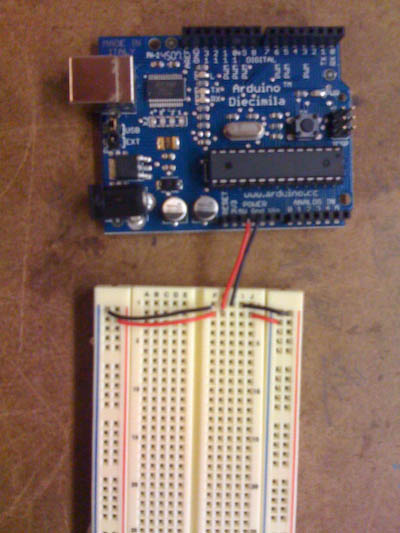



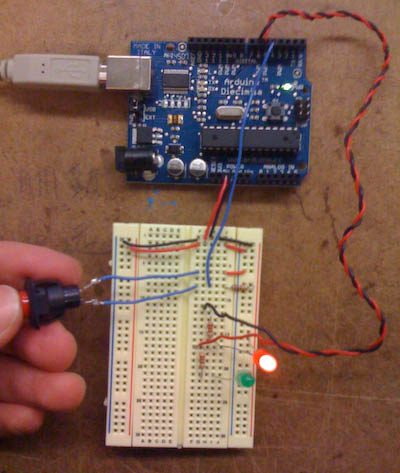
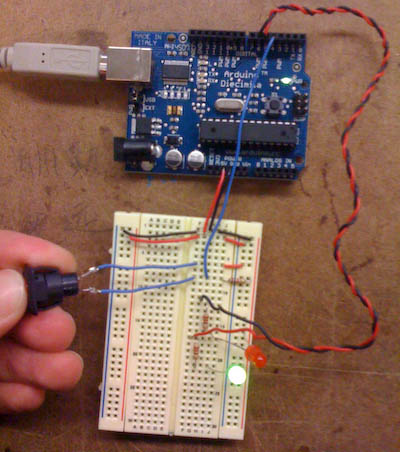
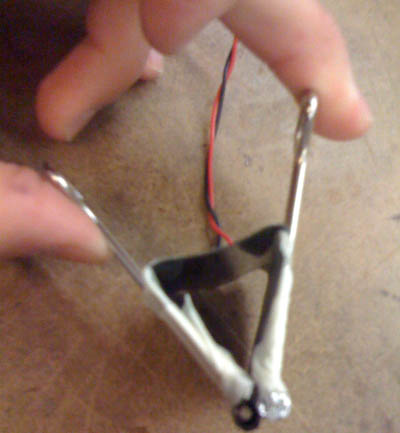


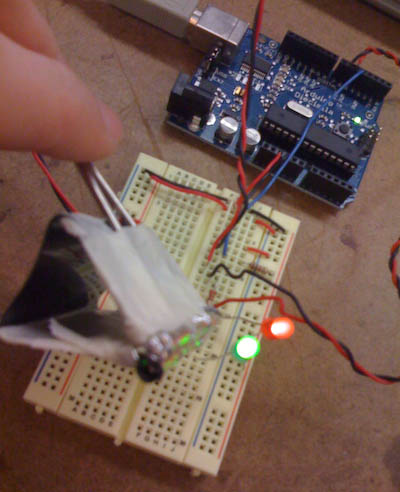




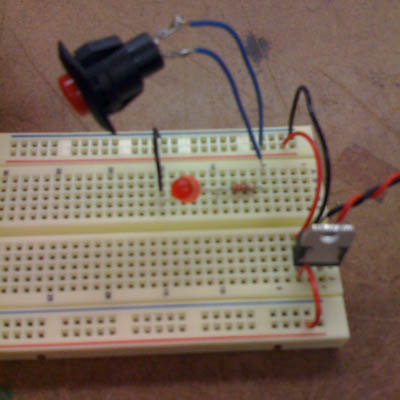

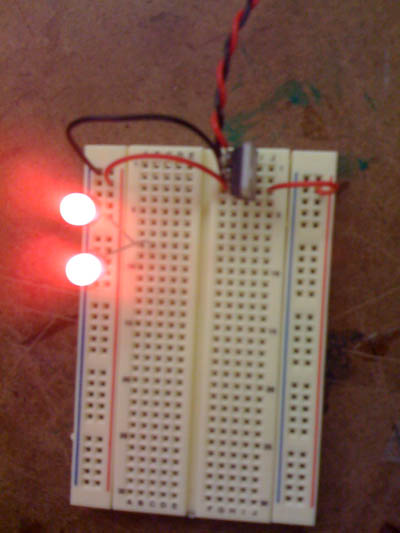
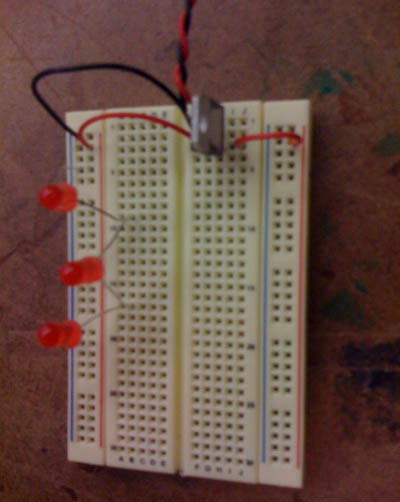
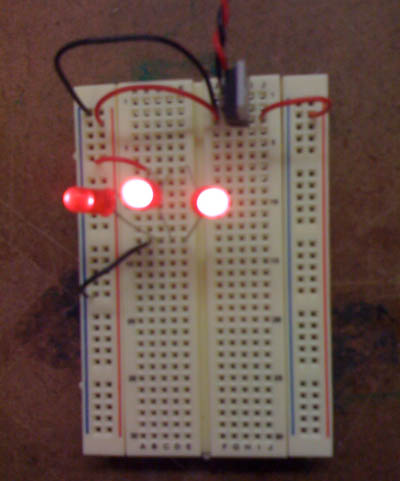
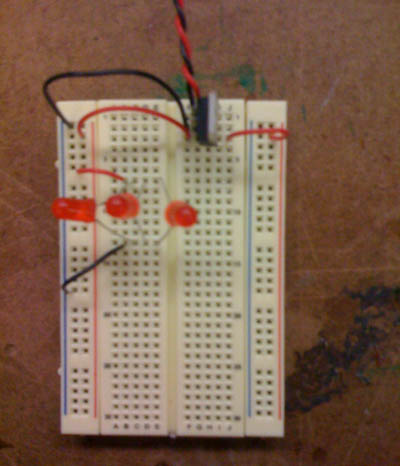



The everyday places that we linger will start to take on a new relevance with the widespread adoption of devices equipped with proximate wireless connectivity - Bluetooth, RFID, WiFi, ..., when the simple act of lingering creates opportunities for meaningful data exchange.http://www.janchipchase.com/blog/archives/2008/05/the_small_crowd.html